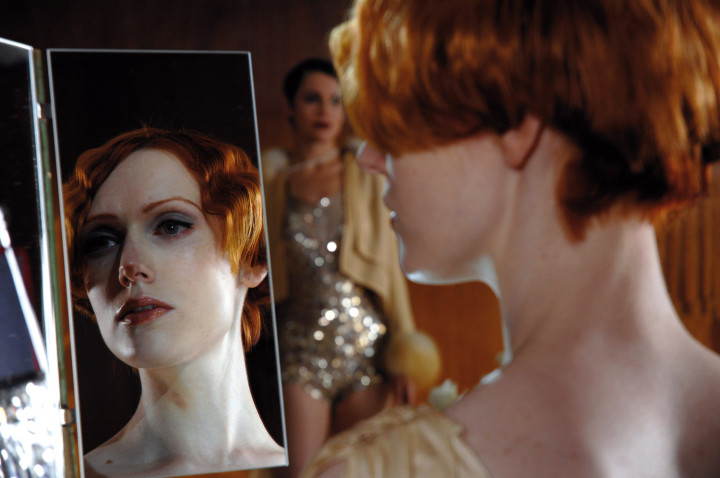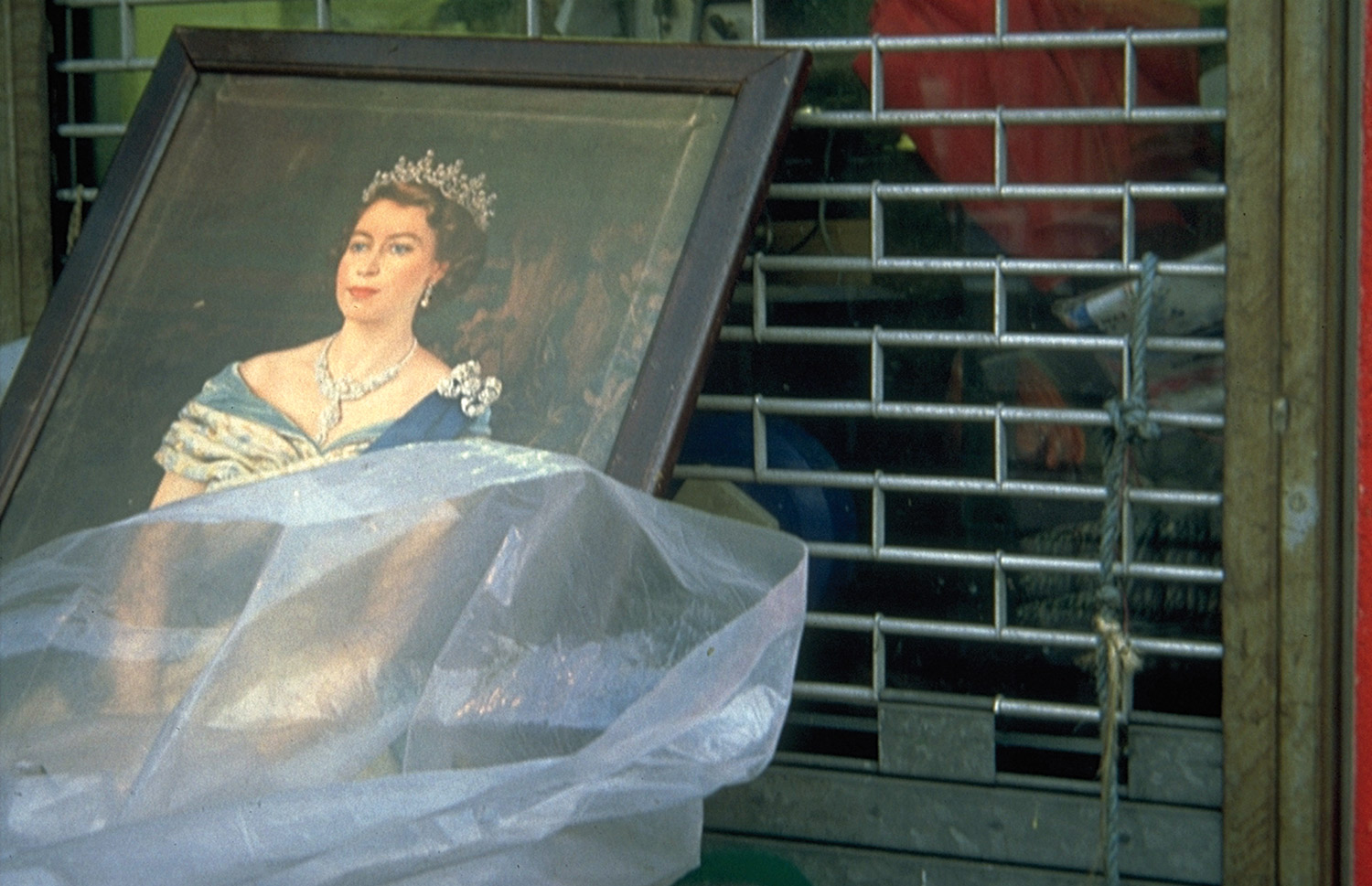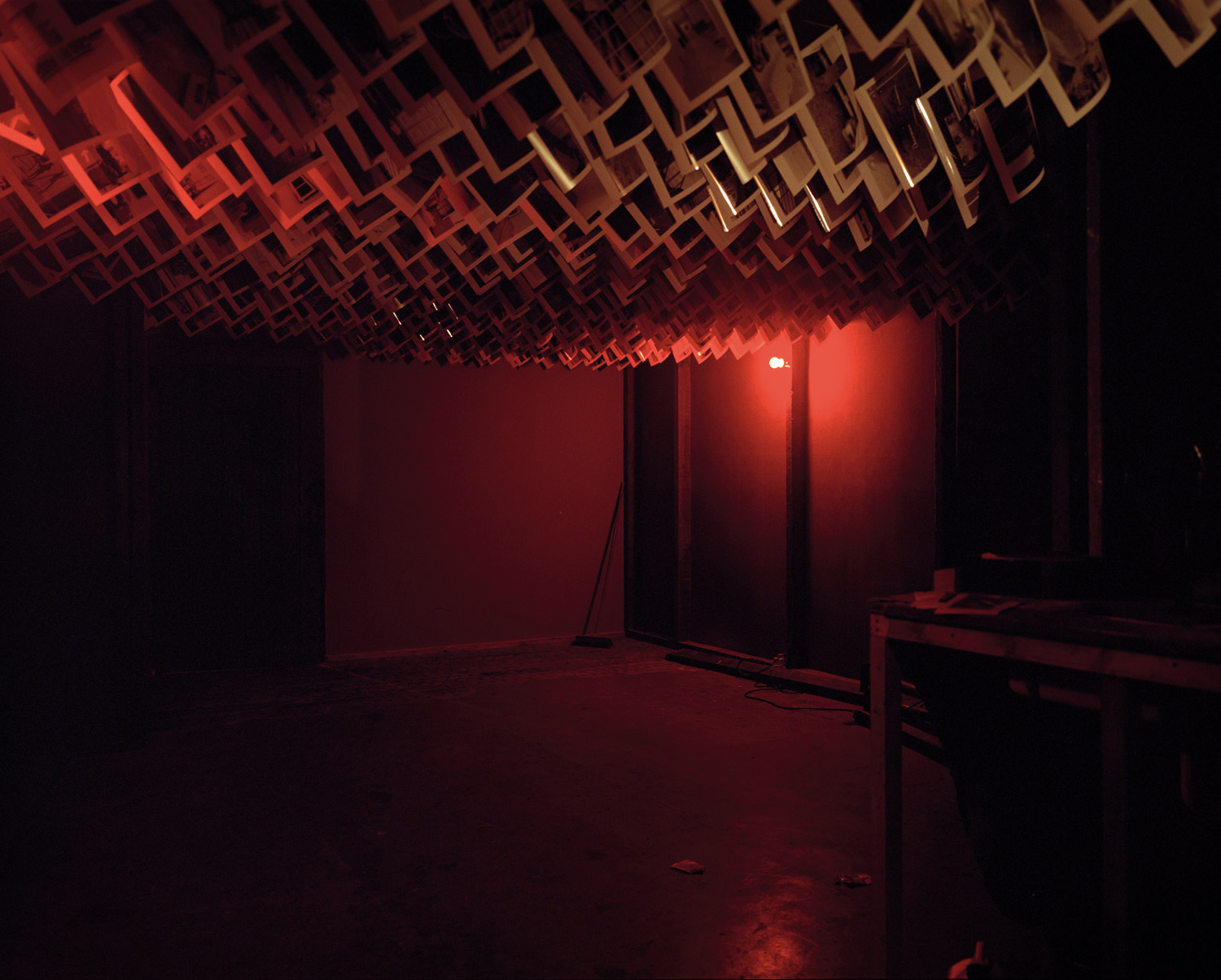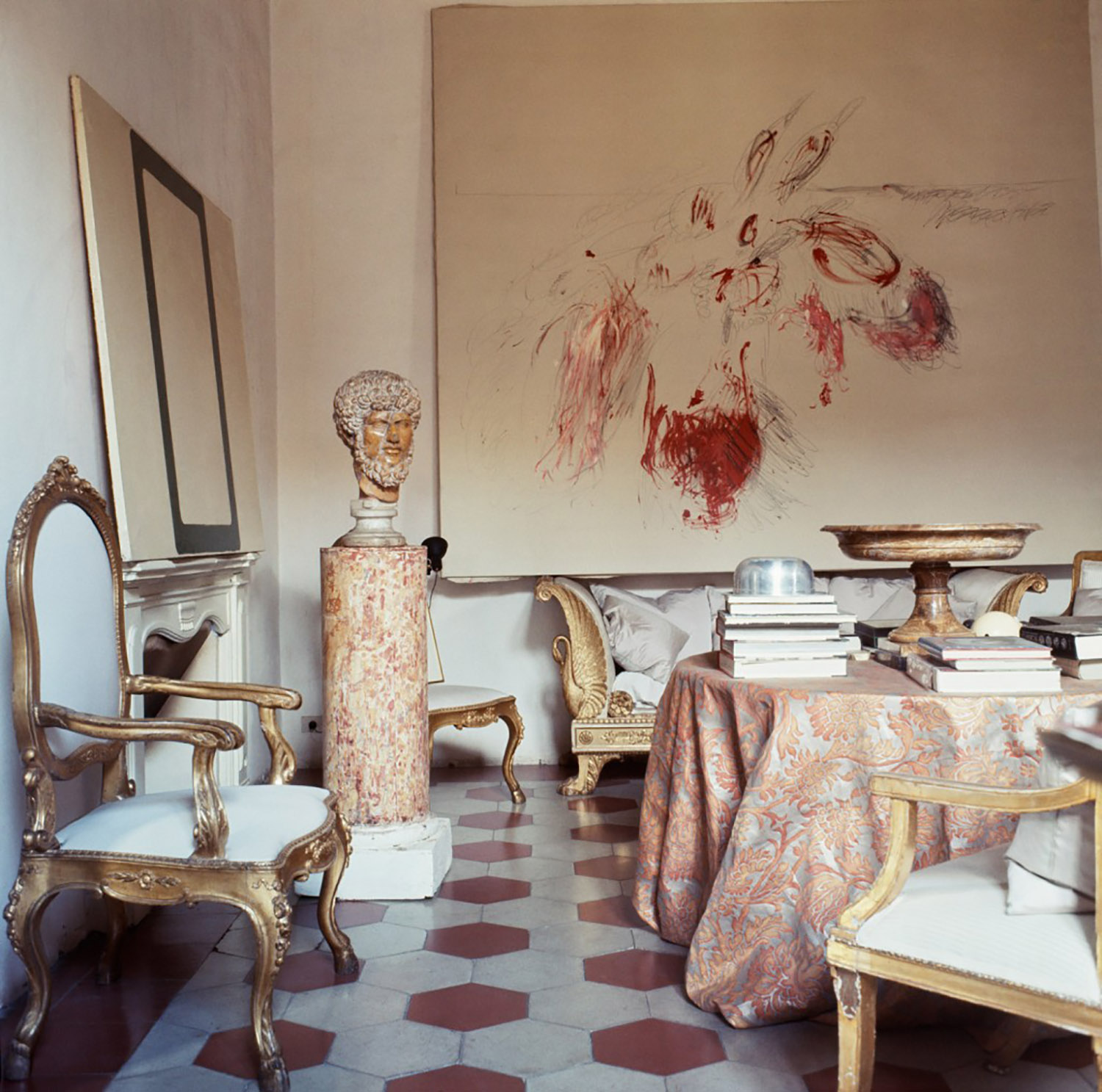
“I’m glad London’s become what it is today,” an artist told me recently, “But I can’t get my head around this scene.” London over the past two decades has grown unimaginably — expanding from a small art scene to the professionalized and diverse arena it is today — and the fact of this change is by now taken for granted.
Nevertheless, what this means is less clear — is it good? Is it bad? Is it ending?
Despite constant economic warnings — and tangible signs such as Arts Council England’s budget reorganization, which has resulted in cutbacks for a number of spaces — this chapter of bullishness, Frieze Art Fair glitz and Turbine Hall spectacle seems to continue: new galleries and non-commercial venues are still launching and a large number of established spaces are expanding (Tate Modern by double). A key issue for the coming years will be, firstly, whether or how much the art world contracts, and secondly, how the growth already taken will affect the actual programs pursued by art spaces and the art being shown within them.
One way things seem to be changing is in the type of work explored by non-commercial spaces, whose programs have often been indistinguishable from commercial galleries. Indeed, historically many of the more interesting developments and exhibitions have been held in commercial galleries — in the Lisson Gallery and Anthony d’Offay, and more recently in guest-curated summer shows — while for their part non-profit spaces have often focused on artists familiar from the commercial circuit.
At the moment, however, a number of new key appointments and spaces seem poised to overturn this tendency, establishing more discursive or historically-oriented curatorial approaches in non-profit spaces. The collector Alex Sainsbury’s Raven Row will open near Spitalfields in March of next year, with exhibitions planned of Ray Johnson and Harun Farocki, for example, and the artist Martin Creed opens a space in the autumn nearby on Brick Lane. Wolfgang Tillmans’s Between Bridges gallery is continuing to grown in importance; the East End space has for two years pursued a strong program, with, for example, shows of Charlotte Posenenske — before Documenta 12 — and the ’90s American collective Art Club 2000. LUX, a distribution agency for artists’ film and moving image work, has greatly stepped up its activities, taking on a gallery for a year, starting a quasi-MA program (LUX Associates) and initiating a print project to document the history of artists’ film and video work, in addition to their regular screenings. And the Whitechapel, which has been historically important in establishing an East End scene, is undergoing a complete renovation, re-opening early next year.

There is also the sense that venues, artists and curators who have been familiar to the London scene are now rising to positions of more prominence, putting ‘off-site’ spaces now at the center. The curator Richard Birkett, for example, who launched the Whitechapel Project Space in a small, drafty storefront with Maria Trimikliniotis, is now curating the ICA’s ambitious current “Nought to Sixty” exhibition, showing sixty young artists in six months. Much of the ICA’s (excellent) program seems to have developed from Birkett’s work at the project space, showing artists such as Vanessa Billy, Juliette Blightman and Giles Round who had Project Space exhibitions, in addition to picking up for the ICA a number of very promising young British artists including Ruth Ewan, Hannah Rickards and Duncan Campbell.
Former curators of Cubitt Gallery — a complex of artists’ studios in North London where every 18 months the artists collectively select a curator for their gallery space — are also taking on more instutionalized positions. The previous Cubitt curator, Tom Morton, is now curatorial associate at the Hayward gallery; Emily Pethick has been made director of the Showroom Gallery, a long-time East End establishment; and Polly Staple, who after Cubitt was director of Frieze Projects, Frieze Art Fair’s curatorial program, has been appointed director of the Chisenhale Gallery, a cavernous space also in the East End. The anticipation for their programs is high: Staple, who is also putting together an exhibition at the ICA in December, has a talent for spotting young artists — in 2001 at Cubitt, for example, she organized shows of Cathy Wilkes and Mark Leckey, who are both this year nominated for the Turner Prize. Pethick was director of Casco Projects in Utrecht for nearly three years, and the Showroom will likely benefit from her interests and experience there, exploring research-based and politically engaged work that is largely absent in London. In October the Showroom launches an ongoing series of seminar/talks with Afterall, beginning with a discussion led by the Berlin-based political filmmaker Hito Steyerl.
The financial fortunes of London galleries are often represented cartographically — with the move of galleries from West to East in the late ’90s signaling a renewal of a localized, East End scene (and a financial slump), and the current moves or expansions back to the West End as proof of the galleries’ full coffers. In reality the East/West division no longer holds: many galleries are in fact moving to Fitzrovia, an area just above Oxford Street (such galleries are Alison Jacques, Stuart Shave/Modern Art, and a second site for The Approach). Sadie Coles HQ opened a second space in Mayfair last year, which will host a show by the excellent filmmaker Hilary Lloyd — recently signed to the gallery — in October. New galleries — Ancient & Modern, Arcade Fine Art — have opened in the Barbican area, midway between the West and East, and others are remaining, and even expanding, in the East (such as Wilkinson Gallery’s massive, purpose-built space, or Victoria Miro’s three-story complex). If the presence of art establishments in the city were to be considered as legible and signifying, it would suggest that the art scene has now settled comfortably across the city — though the majority of artists continue to live and work in the East End, where they are being priced out of the Bethnal Green area and are moving eastwards into the wilds of Hackney Wick, on the frontier of the site of the 2012 Olympics. Many artists and curators are also moving southwards, where there are fewer galleries — save Greengrassi and Corvi-Mora — but where the South London Gallery is undergoing a redevelopment project, and Gasworks and Studio Voltaire, similar to Cubitt, combine artists’ studios with gallery spaces.

Most importantly, today the city is visibly more international, and internationalized, with regular links established between arts institutions and galleries here and elsewhere. The Rijksakademie program in Amsterdam has become highly popular and influential, counting among its alumni current or former Londoners such as Ryan Gander, Jimmy Robert and Nathaniel Mellors, and the number of Germans in London seems to be eclipsing the number of Glaswegians (or émigrés from the Glasgow scene). This shift is arguably reflected in the art made as well: much work, for example, bears the traces of Germany’s renewed interest in sculptural and painterly formalism, while a number of young women artists are twinning this formalist aesthetic with a certain recuperative impulse towards degraded or worthless material. Hotel, Herald St and Cabinet continue to be important galleries for the young artists scene, picking up artists such as Blightman (Hotel) and Tris Vonna-Michell (Cabinet), with other newer galleries, such as Ancient & Modern and Hollybush Gardens, showing work that is often more Conceptualist-derived or research-based.
As across the art world, what might be termed discourse production — that is, talks, panel discussion, seminars and publications — is becoming increasingly integral to the remits of art practice and exhibitions, often offered in performative, endurance-test varieties. The current Cubitt Gallery curator, Bart van der Heide, in collaboration with the Dutch curator Binna Choi, recently organized a weeklong series of talks and events that seemed a more open and productive version of the 24-hour talks marathon Rem Koolhaas and Hans Ulrich Obrist organized at the Serpentine Gallery last summer [ed. 2006]. A regular fixture on the summer calendar — anticipated, celebrated, reviewed — is the self-publishing fair Publish and be Damned, which was started in 2004 by Pethick and Kit Hammonds, and currently run by Sarah McCrory and Joe Scotland. Now held in the posh digs of the Rochelle School — on Arnold Circus, the site of Europe’s first housing project — the fair brings in pamphleteers, cartoonists, writers and musicians who offer more pages to read and peruse than can ever be consumed. This is the positive effect of London’s expansion — the feeling of production that exceeds a single gallery-goer’s grasp. And it’s a change that means, if not more artists, then more platforms for exhibitions and more possibility of diverse practices on view and in the studios.





